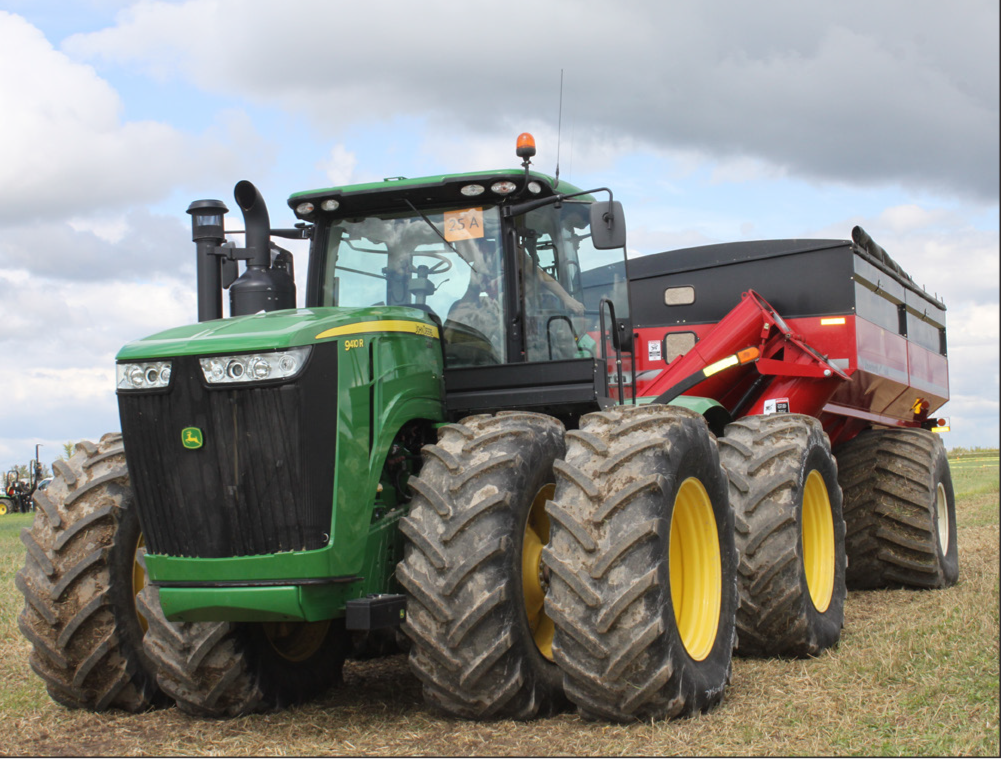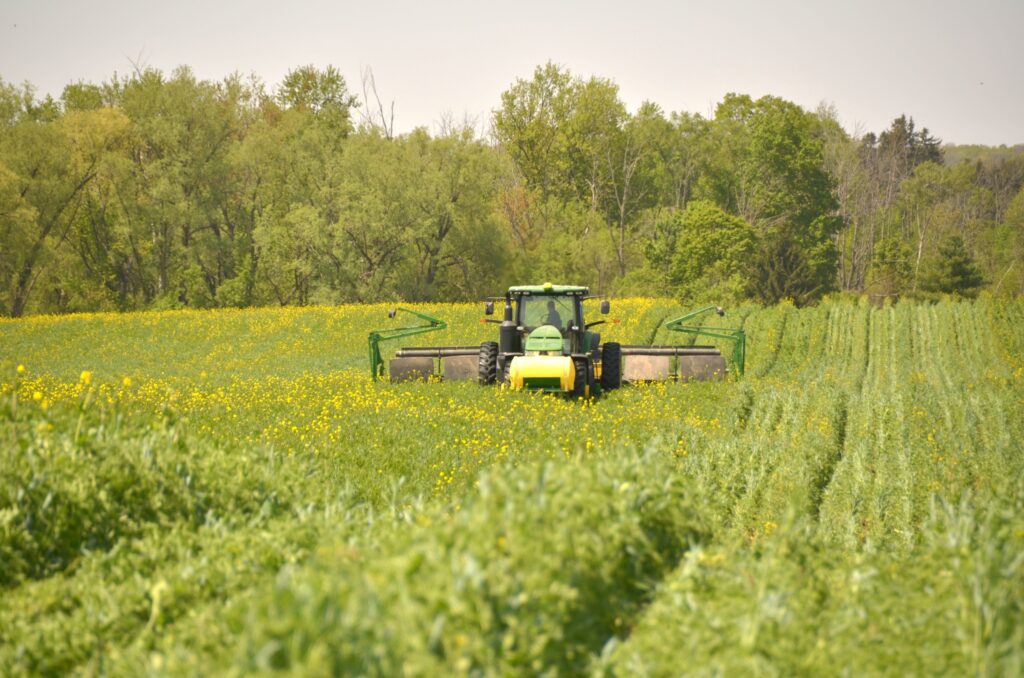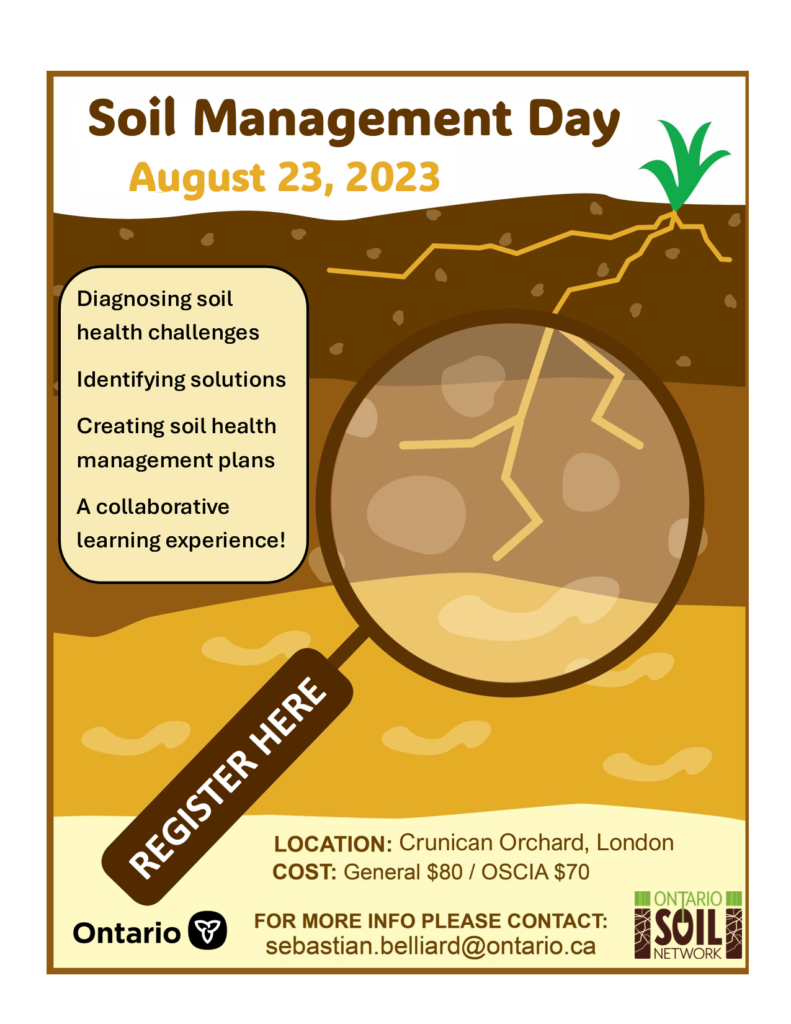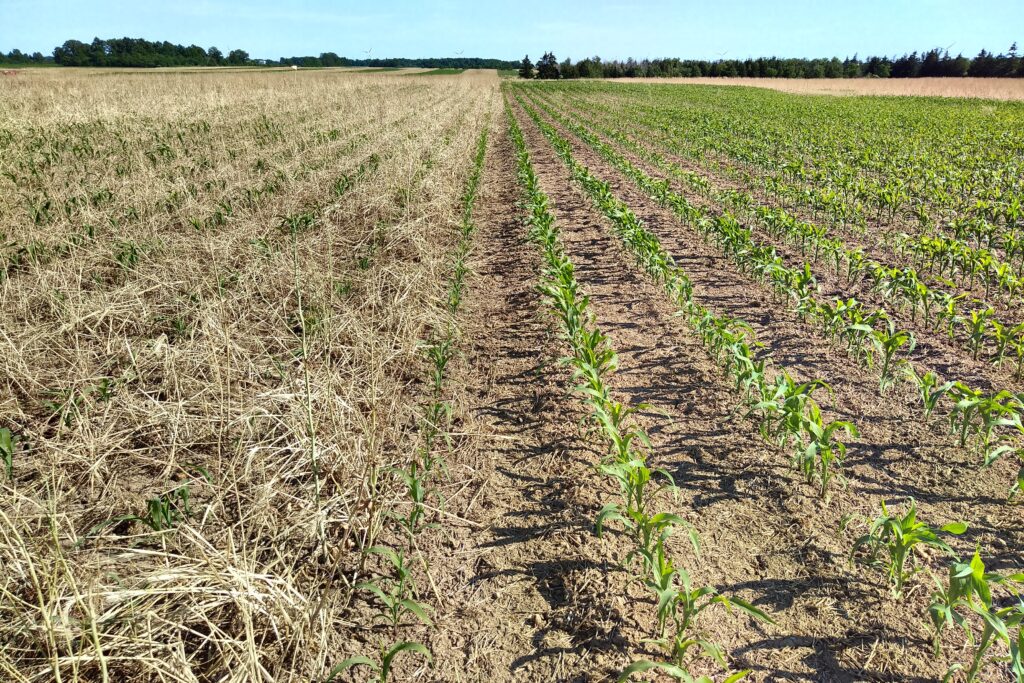Impact of Manure and Organic Amendments on Soil Organic Matter

Regular manure applications combined with forage-based rotations are the envy of crop producers when soil organic matter (SOM) levels and soil resilience are considered. What is the actual organic matter benefit from manure to the soil, and how does that vary with different types of manure and organic amendments? Livestock manure is an excellent source […]










